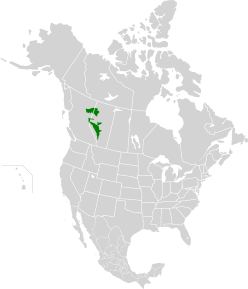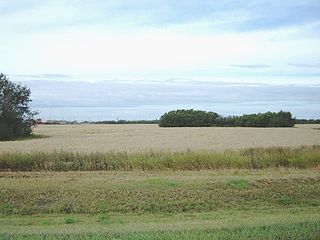
Aspen parkland refers to a very large area of transitional biome between prairie and boreal forest in two sections, namely the Peace River Country of northwestern Alberta crossing the border into British Columbia, and a much larger area stretching from central Alberta, all across central Saskatchewan to south central Manitoba and continuing into small parts of the US states of Minnesota and North Dakota. Aspen parkland consists of groves of aspen poplars and spruce interspersed with areas of prairie grasslands, also intersected by large stream and river valleys lined with aspen-spruce forests and dense shrubbery. This is the largest boreal-grassland transition zone in the world and is a zone of constant competition and tension as prairie and woodlands struggle to overtake each other within the parkland.

The New England-Acadian forests are a temperate broadleaf and mixed forest ecoregion that includes a variety of habitats on the hills, mountains and plateaus of New England in the Northeastern United States and Quebec and the Maritime Provinces of Eastern Canada.

The Cascade Mountains leeward forests are a temperate coniferous forest ecoregion of North America, as defined by the World Wildlife Fund (WWF) categorization system.
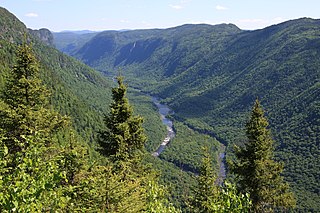
The Eastern forest-boreal transition is a temperate broadleaf and mixed forests ecoregion of North America, mostly in eastern Canada. It is a transitional zone or region between the predominantly coniferous Boreal Forest and the mostly deciduous broadleaf forest region further south.

The Eastern Great Lakes lowland forests is a temperate broadleaf and mixed forest ecoregion of North America, mostly in eastern Canada.
The Gulf of St. Lawrence lowland forests are a temperate broadleaf and mixed forest ecoregion of eastern Canada.

The Alberta Mountain forests are a temperate coniferous forests ecoregion of Canada.
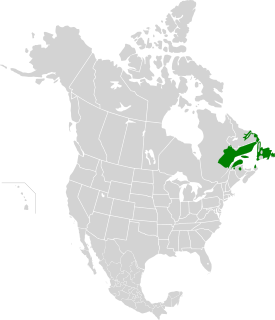
The Eastern Canadian forests is an ecoregion of Canada as defined by the World Wildlife Fund (WWF) categorization system.

The Eastern Canadian Shield taiga is an ecoregion of Canada as defined by the World Wildlife Fund (WWF) categorization system.
The Yukon Interior dry forests is a taiga ecoregion of Canada.
The Muskwa-Slave Lake forests is a taiga ecoregion in Canada.

The South Central Rockies forests is a temperate coniferous forest ecoregion of the United States located mainly in Wyoming, Idaho, and Montana. It has a considerably drier climate than the North Central Rockies forest.

The Colorado Rockies forests is a temperate coniferous forest ecoregion of the United States.
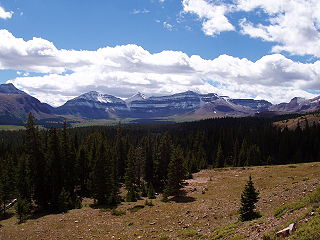
The Wasatch and Uinta montane forest is a temperate coniferous forest ecoregion in the Wasatch Range and Uinta Mountains of the western Rocky Mountains system, in the Western United States.

The North Central Rockies forests is a temperate coniferous forest ecoregion of Canada and the United States. This region gets more rain on average than the South Central Rockies forests and is notable for containing the only inland populations of many species from the Pacific coast.
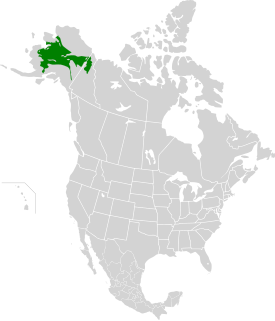
The Interior Alaska-Yukon lowland taiga ecoregion, in the Taiga and Boreal forests Biome, of far northern North America.
The Mid-Continental Canadian forests are a taiga ecoregion of northern Canada.
The Midwestern Canadian Shield forests ecoregion, in the Taiga and Boreal forests Biome, are of northern Canada.

The Central Canadian Shield forests are a taiga ecoregion of Canada.

The Western Great Lakes forests is a terrestrial ecoregion as defined by the World Wildlife Fund. It is within the Temperate Broadleaf and Mixed Forests ecozone of North America, in the United States' states of Michigan, Wisconsin and Minnesota, and the Canadian provinces of Ontario and Manitoba.
